European Union Military Assistance Mission in Mozambique receives visit from the French Armed ...
Dhlakama says no to power sharing; Renamo stepping up attacks – By Joseph Hanlon
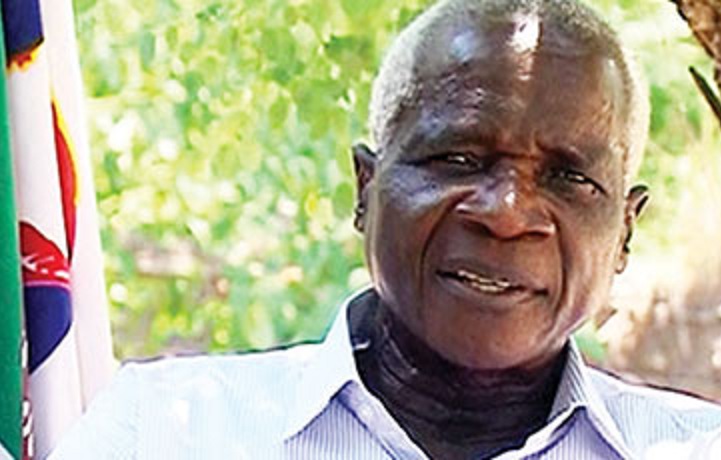
Renamo leader Afonso Dhlakama rejects anything that suggests power sharing in an interview given 16 August toSavana (19 Aug). He rejects any suggestion of a post such as vice president because “it is impossible to work with the party Frelimo.” Frelimo “is still Marxist.” He said that he was in Frelimo when he was young, and that “to be vice president signifies being Frelimo again.” Also he doesn’t want to happen to him “what happened to my friend Tsvangirai, who eventually disappeared.” Morgan Tsvangirai was Prime Minister of Zimbabwe in a power sharing government from 2009 to 2013.
On governing the six provinces, he says he will not accept a solution under which the President appoints people named by Dhlakama or in which Nyusi and Dhlakama jointly discuss the governors. “If I give a list to Nyusi, it seems that I am offering Renamo officials to work with Frelimo policies. We won’t go there.” Instead, “there must be a constitutional amendment that says that the provinces are now governed by the winning party,” and a law to give the provinces financial autonomy. Provincial government “must be on the basis of Renamo policies.”
The government says it accepts more decentralisation before the 2019 election, and there is also a discussion of allowing the elected provincial assemblies to nominate governors. But the core question is: How much power and revenue will be decentralised to the provinces? In his press conference Wednesday, Veloso said “Renamo says it will govern with its programme, but this is not possible because that would be creating a state inside another.”
Dhlakama added: “The whole world knows that Nyusi did not win the elections, yet he governs. … If he governs without winning, why not close our eyes and accept that the party that won governs in those provinces?”
Finally, Dhlakama demands that since the mediators have met with Nyusi, they must also come to his base in Satunjira, Gorongosa, and meet with him. “We have talked on the telephone but that is not enough.” He has proposed a demilitarised corridor, monitored by three Renamo commanders, three government commanders, and an independent person. Alternatively, he would like to declare a truce to allow a meeting, but only if the government withdraws its troops from around the Gorongosa mountain.
Post-war “reconciliation failed, because we lost the spirit of tolerance and co-existence with our differences.” This had been necessary to reach the peace accord, but was lost afterwards, commented Teodato Hunguana, in a speech on 10 August. As a result, “We are again in a war situation that has the risk of becoming widespread.” (Savana 12 August)
Renamo stepping up attacks
The Defence Ministry says there were 17 Renamo attacks in five provinces between 8 July and 18 August. There were 4 attacks in Sofala, 3 each in Niassa, Zambezia and Tete and 2 in Manica, as well as isolated killings in Inhambane. (AIM En 19 Aug) There were three more attacks Saturday. In his interview in Savana (19 Aug), Afonso Dhlakama said that the increase in attacks spread across the country was to force the government to spread out its troops and reduce their concentration near his Gorongosa base. “This is a military strategy,” he said. “It’s in the books.”
Meanwhile Filipe Nyusi travelled to Mancia as part of a new policy of holding rallies in war affected areas. He arrived by helicopter, but journalists and others travelled by road. Cars carrying journalists to a Nyusi rally in Macossa, Manica, were shot at on 12 August on the N7 in Chiuala, Barue, Manica. This is a zone of frequent attacks and is on the part of the N7 between Vanduzi, Manica, and Changara, Tete, with military convoys. (Lusa 12 Aug). Savana (19 Aug) reported that in the convoy there were also cars from the state electricity company EDM carrying soldiers. And in his Savana (19 Aug) interview, Dhlakama claimed that four members of the riot police (FIR, Forca de Intervencao Rapida, also known as Unidade de Intervencao Rapida) were killed in that attack. He added that anyone who goes on a convoy knows they are “entering a zone of 100% risk” because this is a war zone, thus it is their own fault if they are shot.
The various press reports also make clear that on the government side the war is being fought by the riot police, which is a seen as a trained and loyal paramilitary force, and not by the army, which is not trusted and seems limited to shelling Gorongosa. For example Diario da Zambezia and Zitamar (15 Aug) report that after an attack on Morrumbala town, Zambezia, on 12 August in which the police station was occupied and 23 prisoners freed, the district office attacked, and medicines taken from the local hospital, that two FIR brigades were moved from Sabe and Nicoadala to Morrumbala.
Other recent attacks:
Muaquia, Majune, Niassa – 20 August – attack by group of 13; one raider shot and captured.
Trinta, Localidade Zero, Morrumbala, Zambezia – 20 August – two attacks, houses burned.
Mepinha, Morrumbala, Zambezia – 18 August – public buildings attacked, no details. (AIM En 19 Aug)
Barue, Manica – 13 or 14 August – N7 convoy attacked, 1 dead. Reported that attacks are frequent.
Nhamatanda, Sofala – 11 August – police repel an attack and detain one person.
Mboza, Moatize, Tete – 1 August – police station attacked and car burned
By: Joseph Hanlon




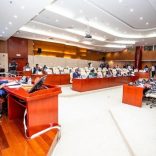
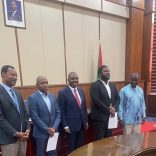
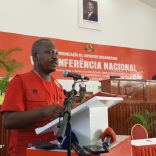

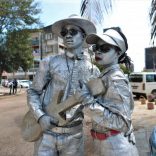
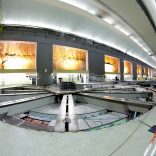



Leave a Reply
Be the First to Comment!
You must be logged in to post a comment.
You must be logged in to post a comment.